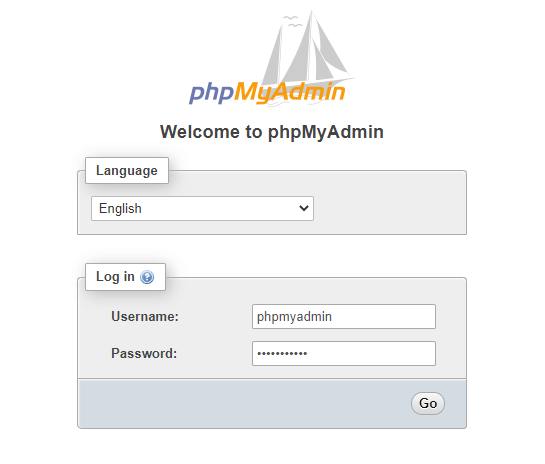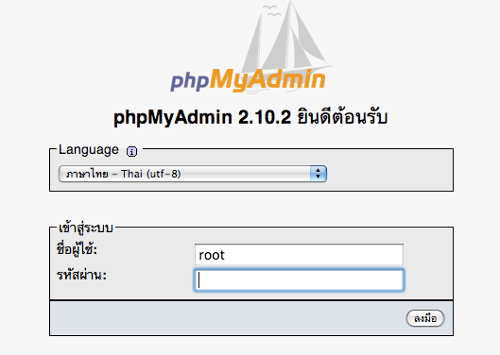

phpMyAdmin uses plain PHP for config files, and the cfg 'Servers' array to get the configured servers.

Login to phpMyAdmin using the credentials provided with your XAMPP/MAMP. I’ve amended the instructions to reflect this change. 5 Answers Sorted by: 9 Fairly old question, but still relevant on searches. If you are using a web host that advertises compatibility with Drupal. I’d probably choose the former.Įither way you’ll be able to start the MySQL server from the command line and reset the password. applications/MAMP/library/bin/mysql -u USERNAME -p DATABASENAME < PATHTOSQLFILE. lower_case_table_names option or include it with a setting of 2 -lower_case_table_names=2. Janu Posted in Utilities, Website 46 Comments. When starting MySQL via the MAMP GUI the MySQL system variable lower_case_table_names is set to 2. The same error log contains:Ĥ156 The server option ‘lower_case_table_names’ is configured to use case sensitive table names but the data directory is on a case-insensitive file system which is an unsupported combination. With MySQL 5.6.34 (MAMP 4.1) this warning has been upgraded to an error causing the process to be aborted. However, macOS Sierra and previous versions of OS X by default use the HFS+ file system which is not case sensitive, hence the warning. Setting -lower_case_table_names to 0 configures MySQL to use case sensitive table names. You have forced lower_case_table_names to 0 through a command-line option, even though your file system ‘/Applications/MAMP/db/mysql/’ is case insensitive. Alongside, PhpMyAdmin allows you to manage easily your databases.

With MAMP 3.5, starting MySQL from the Terminal works without issue, but the MySQL error log – /Applications/MAMP/db/mysql/ – contains the following warning: It allows you to create web applications with Apache2, PHP and a MySQL database.
#Mamp phpmyadmin web login software
In the version I was using – MAMP 3.5 – the MySQL version is 5.5.42. This is a list of notable AMP software stacks for all computer platforms these software bundles are used to run dynamic Web sites or servers. Done a little digging and the culprit is the option


 0 kommentar(er)
0 kommentar(er)
